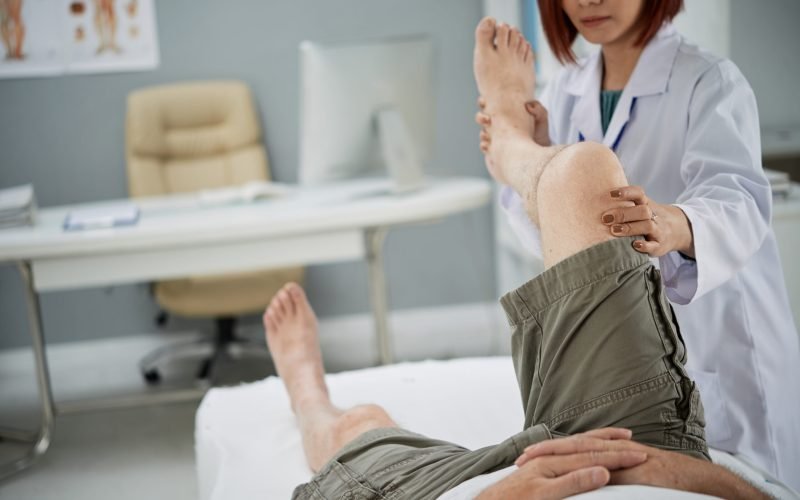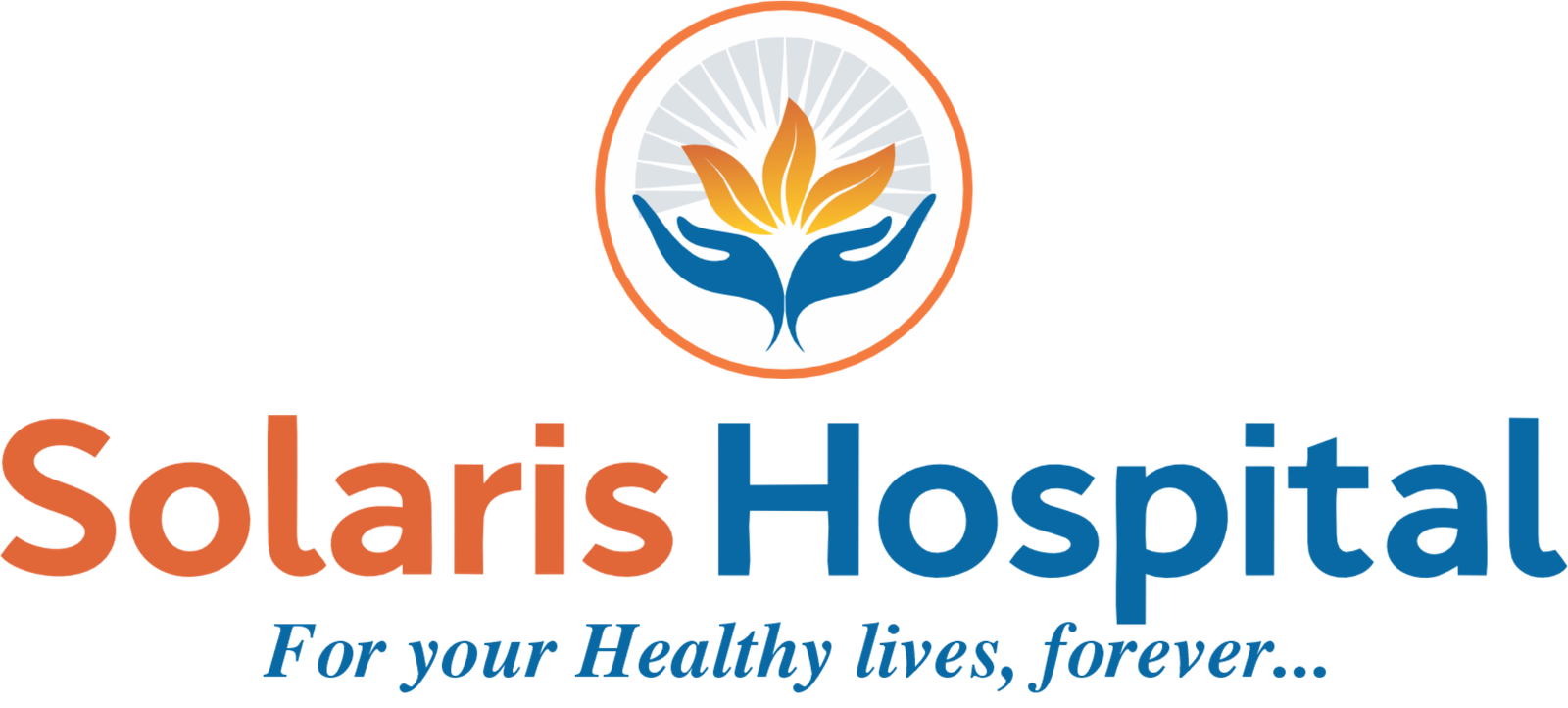
Orthopaedic surgeries play a crucial role in improving the quality of life for millions of people suffering from joint pain, fractures, mobility issues, and chronic conditions. From athletes recovering from injuries to seniors struggling with arthritis, these surgical interventions are often life-changing. If you or a loved one is considering surgery or are curious about common orthopedic procedures, this guide is for you.
In this article, we’ll explore the Top 10 Most Common Orthopedic Surgeries, why they are performed, what each procedure involves, recovery expectations, and how they help restore function and mobility.
Total knee replacement is one of the Top 10 Most Common Orthopedic Surgeries worldwide. It is typically recommended for patients suffering from advanced arthritis, traumatic injury, or degenerative joint disease.
The surgeon removes the damaged surfaces of the knee joint and replaces them with artificial components made from metal, plastic, or ceramic. These prosthetics mimic the natural movement of a healthy knee.
This procedure is often performed for patients with osteoarthritis, rheumatoid arthritis, or avascular necrosis affecting the hip joint.
The damaged femoral head and socket of the hip are removed and replaced with prosthetic implants. These help restore pain-free movement and joint alignment.
ACL (anterior cruciate ligament) injuries are common among athletes. ACL reconstruction is a surgical procedure to replace the torn ligament with a graft.
The surgeon uses a tendon graft (from the patient or a donor) and anchors it in place to restore knee stability.
Shoulder arthroscopy is among the Top 10 Most Common Orthopedic Surgeries due to its minimally invasive nature and quick recovery timeline.
Small incisions are made to insert a camera and surgical tools into the shoulder joint. The damaged tissue is repaired or removed through these portals.
Spinal fusion helps relieve chronic back pain due to disc degeneration, spinal instability, or deformities like scoliosis.
Two or more vertebrae are fused using bone grafts and metal implants. This prevents painful movement and provides spinal stability.
This surgery addresses carpal tunnel syndrome — a condition where pressure on the median nerve causes numbness, tingling, and weakness in the hand.
The surgeon cuts the ligament pressing on the nerve to relieve pressure. It’s a quick outpatient procedure and often done under local anaesthesia.
The meniscus is the cartilage that cushions the knee joint. When torn, it causes pain, swelling, and joint locking.
Depending on the tear, the meniscus is either trimmed or stitched. Meniscus repair is often done arthroscopically.
Arthroscopic debridement is used to clean out joint surfaces and remove damaged cartilage, bone fragments, or loose tissue.
Open Reduction and Internal Fixation (ORIF) is performed when broken bones are too unstable to heal naturally or are misaligned.
The surgeon repositions (reduces) the bone and secures it with plates, screws, rods, or pins. It is often done under general anaesthesia.
Over time, a previously replaced joint can wear out, become loose, or infected. A revision surgery replaces the old implant with a new one.
If you’re considering any of the Top 10 Most Common Orthopedic Surgeries, expert care can make all the difference. At Solaris Hospital, our orthopaedic department is known for advanced surgical techniques, compassionate care, and personalised recovery programs.
We believe in not just treating the condition but restoring your quality of life with long-term mobility and comfort.
Whether you’re exploring a knee replacement, recovering from a sports injury, or need consultation for chronic joint pain, our experienced team is here to help.
Service Road, Ghodbunder Rd, next to AP Shah Institute of Technology, Kasarvadavali, Thane West, Maharashtra 400615
Pioneering Excellence in Neurology and Neurosurgery with Cutting-Edge Technology and Compassionate Care. Solaris Hospital is your one-stop destination for comprehensive with wide range of multi-specialty services.
Service Road, Ghodbunder Rd,
next to AP Shah Institute of
Technology, Kasarvadavali,
Thane (West),
Maharashtra. 400615
Phone:+91 22 4004 4001 / 4004 4003 / 8655696500
E-mail:contact@solarishospitals.com
